Photo
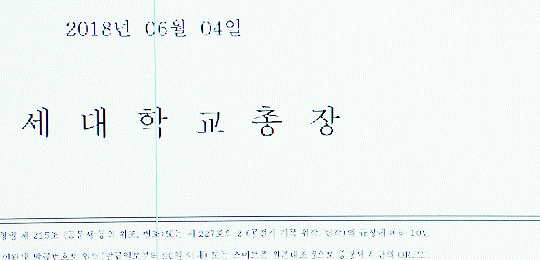




If you make a plan, life never works out that way.
Parasite (2019) dir. Bong Joon-ho
3K notes
·
View notes
Photo
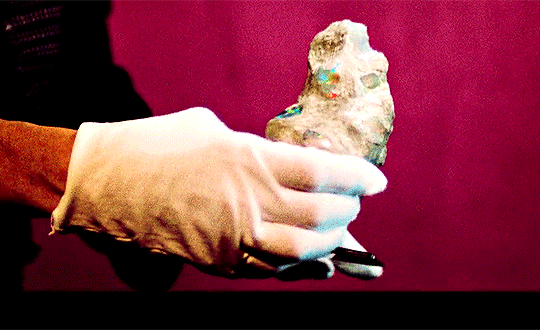



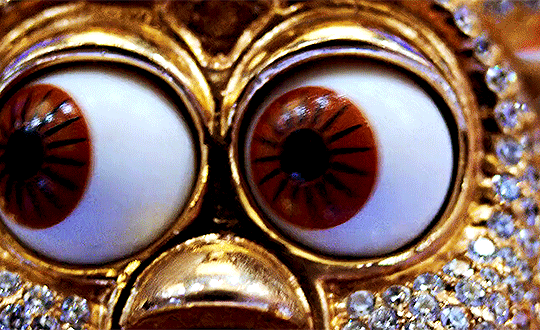
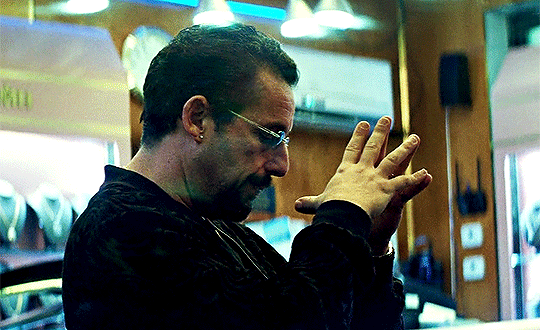
I made a crazy risk, a gamble, and it’s about to pay off.
UNCUT GEMS (2019)
dir. Josh Safdie & Benny Safdie
4K notes
·
View notes
Photo




When you love a person, there’s always a tiny part of you that’s terrified that one day you’re gonna lose them. And I think that your father’s so scared of that emotion that he stops himself feeling anything at all.
5K notes
·
View notes
Photo
#wat

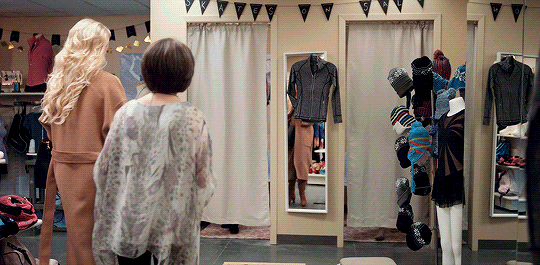
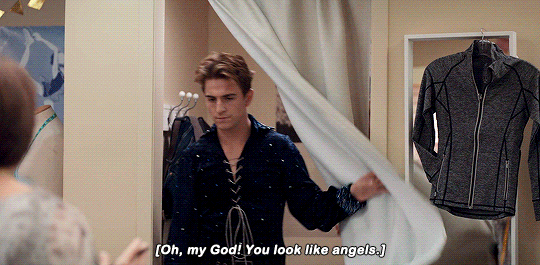

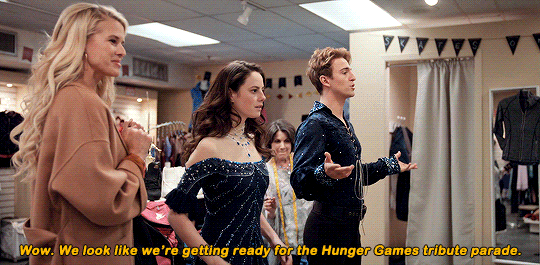


Spinning Out | 1x05 - Two for $40
2K notes
·
View notes
Photo

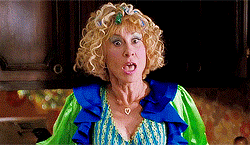
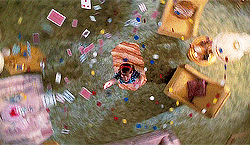

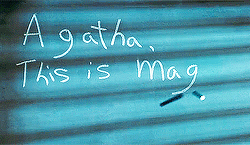



an endless list of favourite movies
↳ Matilda (1996)
Everyone is born, but not everyone is born the same. Some will grow to be butchers, or bakers, or candlestick makers. Some will only be really good at making Jell-O salad. One way or another, though, every human being is unique, for better or for worse.
3K notes
·
View notes
Photo

Mikhail Lomonosov’s Mosaic of the Battle of Poltava
Mikhail Lomonosov (1711-65) was one of the leading figures of the Russian Enlightenment. Born in Archangel province, he became a polymath who excelled in fields as diverse as physics, chemistry, philology and poetry.
Lomonosov is considered one of the fathers of the modern Russian tongue, but perhaps his greatest achievement was co-founding Moscow University (named Lomonosov State University in his honour) along with his patron, Minister of Education Ivan Shuvalov.
Lomonosov is also famed for his glass mosaics, with this scene from the Battle of Poltava being one of the most famous. The Battle of Poltava in 1709 is considered to be a turning point in the Great Northern War (1700-1721) that occupied most of Peter the Great’s reign. Charles XII of Sweden had invaded Russia, but as a result of Peter’s scorched earth policy, Charles was forced to turn south into Ukraine, where his tired troops were met by Peter’s army at Poltava.
Although Poltava did not lead to a cessation of fighting, the decisive victory forced Charles into exile in the Ottoman Empire, from where he continued scheming against the Russians. Peter, making peace with the Ottomans after the disastrous River Pruth Campaign (1711), was able to go on the offensive and invade Finnish territories held by Sweden. When peace finally came in 1721 with the Treaty of Nystadt, Russia formally acquired a foothold in the Baltic, whence Peter projected Russia’s rising power from the new capital of St Petersburg (founded 1703).
#russia#russian history#peter the great#mikhail lomonosov#mosaic#battle of poltava#history#learn history#learn
14 notes
·
View notes
Photo
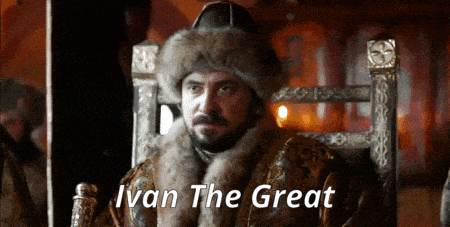

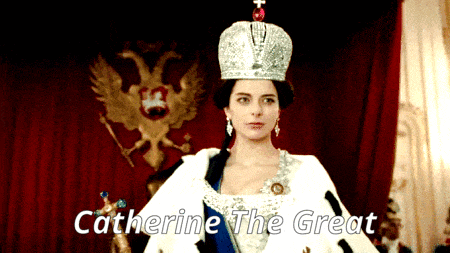
In Russian history only 3 monarchs earned title “The Great”:
Ivan the Great (Ivan III of Russia) (1440-1505) of the House of Rurik, (years of reign: 1462-1505), a Grand Prince of Moscow and Grand Prince of all Rus’.
Referred to as the “gatherer of the Rus’ lands”, he tripled the territory of his state, ended the dominance of the Golden Horde over the Rus’, renovated the Moscow Kremlin, and laid the foundations of what later became called the Russian state.
His second marriage to Sophia Palaiologina, a Byzantine princess and niece of the last Byzantine emperor, Constantine XI, brought Byzantine ceremonial and traditions to the Russian court. Moscow came to be referred to as the Third Rome with Moscow being seen as the true successor to Byzantium and, hence, to Rome.
Grandfather of the infamous Ivan IV of Russia (Ivan the Terrible), first Tsar of All Russias.
Peter the Great (Peter I of Russia) (1672-1725) of the House of Romanov, (years of reign: 1682-1725), first Emperor of Russia.
One of Russia’s greatest statesmen. Through a number of successful wars he expanded the country into a much larger empire that became a major European power. He led a cultural revolution based on The Enlightenment, created a strong navy, reorganized his army according to Western standards, secularized schools, introduced new administrative and territorial divisions of the country. He established the city of St. Petersburg on the Neva River and moved the capital there from its former location in Moscow. Shortly after, St. Petersburg was deemed Russia’s “window to Europe.”
After Peter’s death his second wife, Catherine, became the first female ruler in Russian history as Catherine I, Empress of Russia, though her reign lasted only 2 years. Their daughter, Elizabeth, also would ascend the throne as Empress and rule for 20 years.
Peter’s reforms made a lasting impact on Russia and many institutions of Russian government trace their origins to his reign.
Catherine the Great (Catherine II of Russia) (1729-1796) of the House of Romanov, (years of reign:1762-1796), Empress of Russia, the most renowned and the longest-ruling female monarch of Russia.
The country was revitalised under her reign, expanding rapidly by conquest and diplomacy, larger and stronger than ever as one of the great powers of Europe. Catherine reformed the administration of Russian guberniyas, and many new cities and towns were founded on her orders. She built new hospitals and schools, introduced a new legal code, and supported religious tolerance. Empress requested the construction of many academic buildings, for example, the first public library was made by her command. An admirer of Peter the Great, Catherine saw herself as his political heiress and continued to modernise Russia along Western European lines while pursuing her country’s interests.
She enthusiastically supported the ideals of The Enlightenment, and was an enthusiastic patron of literature, arts and education. She presided over the age of the Russian Enlightenment, a period when the Smolny Institute, the first state-financed higher education institution for women in Russia, was established.
The period of Catherine the Great’s rule, the Catherinian Era, is often considered the Golden Age of the Russian Empire.
#bbc documentary#catherine the great#ivan the great#peter the great#russia#russian empire#history#learn history
1K notes
·
View notes
Photo

The Morning of the Streltsy Execution is a painting by Vasily Ivanovich Surikov, painted in 1881. It illustrates the Streltsy's failed attempted uprising before the walls of the Kremlin. It shows the display of power the Russian government had during the late years of the 17th century
1 note
·
View note